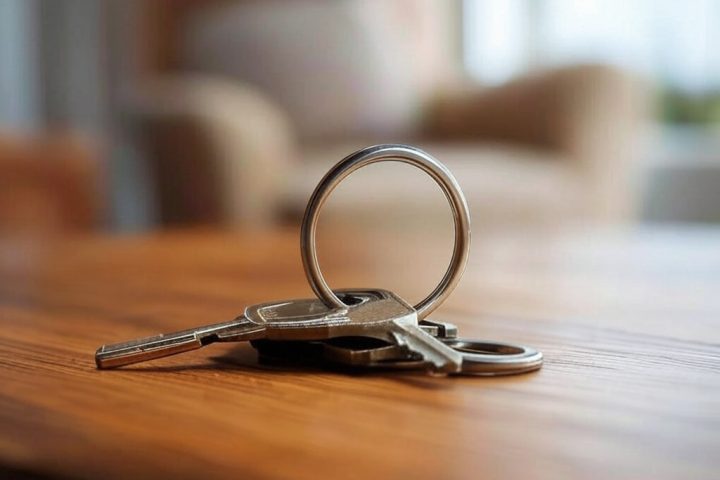When you are buying a home, choosing the right survey is crucial. It helps you understand the condition of the property and avoid costly surprises later.
The Royal Institution of Chartered Surveyors (RICS) offers several survey levels, each suited to different property types and buyer needs. Knowing the difference can be confusing, but it is essential to make the right decision.
Keep reading to get a clear picture of the RICS survey levels and find out which one fits your situation best.
What Are the RICS Home Survey Levels?
RICS home survey levels are a set of inspections designed to assess the condition of a property before you buy. They range from a basic check to a detailed, in-depth investigation. Each level serves a different purpose depending on the age, size, and complexity of the property. The main levels are Level 1 (Condition Report), Level 2 (HomeBuyer Report), and Level 3 (Building Survey).
Level 1: Condition Report
Level 1 surveys offer a simple overview of the property’s condition. The surveyor will carry out a visual inspection focusing on urgent problems like major defects or safety issues. This report is brief and does not include a valuation or detailed advice. It is best suited for modern homes in good condition, where you want a quick check.
Level 2: HomeBuyer Report
A Level 2 survey, often called a HomeBuyer Report, is more detailed. It includes a visual inspection of the property’s structure and condition without removing fixtures or digging into hidden areas. The report covers problems that may affect the building and advises if urgent repairs are needed. It also includes a market valuation and reinstatement cost, which can help with insurance. This survey is ideal for conventional homes built with standard materials and is popular for many buyers.
Level 3: Building Survey
Level 3 is the most comprehensive survey offered by RICS. Also known as a Building Survey, it involves a thorough inspection of all visible and accessible parts of the property. The surveyor will spend more time examining older or unusual homes, buildings with extensions, or those in poor condition. It may include advice on repairs, maintenance, and potential risks. Unlike Level 2, this survey does not provide a market valuation, but it gives a detailed report on the property’s structure and condition.
This level suits buyers of older or non-standard homes who need an in-depth understanding before committing.
If you want more information on this, see RICS home survey levels explained for detailed guidance on what to expect.
How to Decide Which RICS Survey Level Is Right for You?
The choice depends on several factors. For newer, standard-build properties in good condition, a Level 2 HomeBuyer Report usually suffices. It balances detail and cost, offering enough information for most purchases.
If the property is older, has been altered, or shows signs of damage, a Level 3 Building Survey is advisable. It reveals hidden issues and helps you plan for repairs and maintenance.
For straightforward purchases where you only want a quick condition check, a Level 1 Condition Report might be enough, but it provides limited detail.
Remember that the Level 2 survey includes a valuation, while Level 3 does not. So if you need a valuation with a Level 3 survey, you will have to arrange this separately.
Understanding Costs and Timing
Level 1 surveys are generally the least expensive, followed by Level 2. Level 3 surveys tend to cost more due to their thoroughness. Prices vary depending on property size and location, but it is worth investing in the right survey to avoid unexpected costs later.
Ordering a survey soon after your offer is accepted is best. This allows time to review the report and negotiate repairs if needed.
Make Your Property Purchase Smarter
Choosing the right RICS survey level can protect your investment and give you peace of mind. By understanding the differences and matching the survey to your property, you get the information you need without paying for more than necessary. Always consider your property’s age, condition, and your budget before deciding. For complex homes, a Level 3 survey often makes sense. For standard properties, a Level 2 report usually provides all you need.
Before making your final choice, you may want to speak to a professional surveyor to clarify which option fits best for your situation. Keep reading, learn more, and make an informed decision.
If you are about to buy a home, take the time to understand the RICS survey levels and what each offers. It could save you time, money, and worry down the line. Always consult with a qualified surveyor to ensure you pick the right service for your property.






